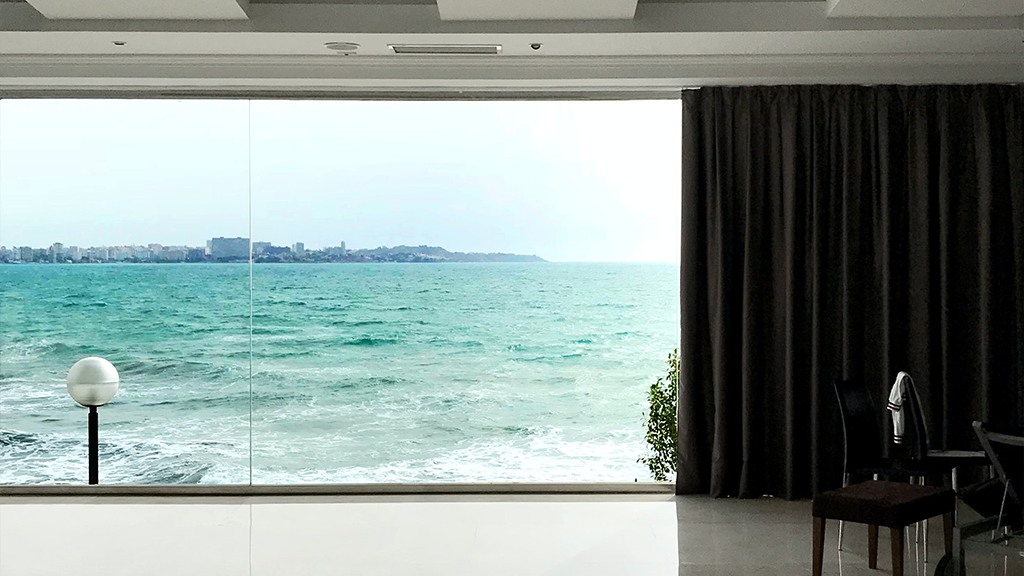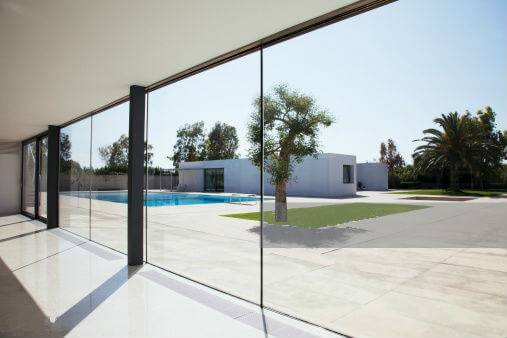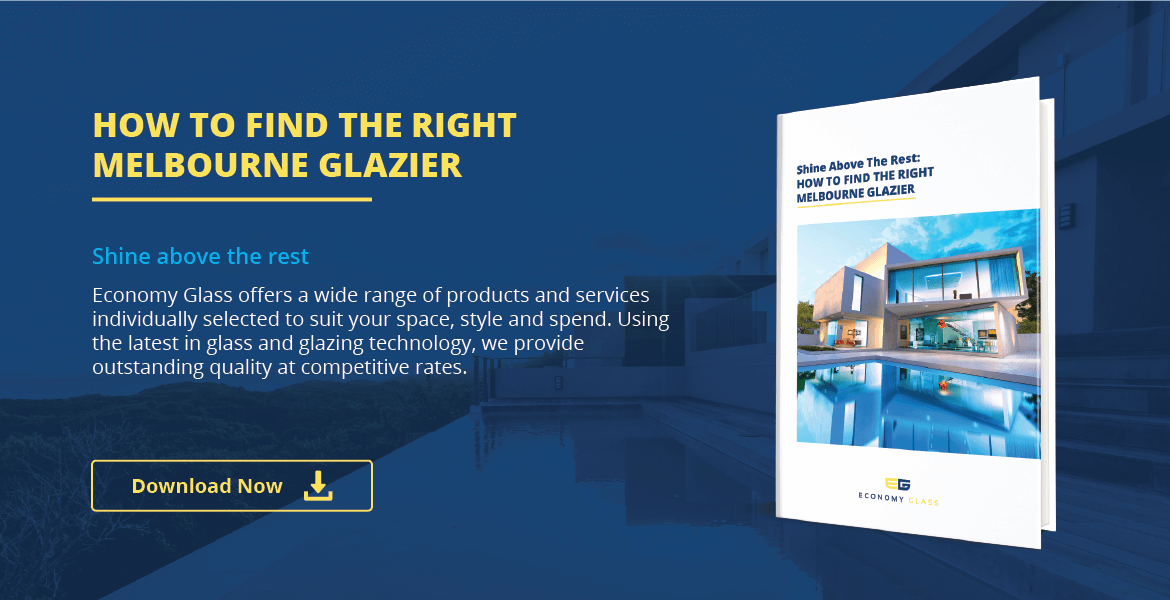

Have you noticed that the floor under your carpet seems a bit darker than the rest of your flooring? If you’ve tried to do some redecorating, chances are you probably did. But dirt and wear are not the only causes of the hardwood’s uneven color.
Sunlight is also a culprit–actually, any and all visible light may be to blame for your fading wood floors. Touted as the biggest contributor to fading and discoloration, ultraviolet (UV) rays damages home furnishings and flooring by up to 45 percent while infrared radiation and visible light are responsible for about 25 percent of the damage.
These culprits, particularly the damaging UV light, present a tricky situation. Here’s the thing: Whether the sun is shining or not, UV rays are present. So even if it could not have been sunny for months, this does not mean that your belongings are safe from the wrath of the harmful UV.
Without proper protection against these damaging rays, the flooring, furnishings, and fabrics in your home become susceptible to discoloration, fading, and damage. You can’t simply turn to thick draperies or large window treatments all the time and expect that keeping them closed would solve the problem.
If you truly want to minimize fading of your flooring and furnishings, replacing your standard, clear glass windows with UV protect glass with double-glazed, laminated, or tinted units is your best option.
Double Glazing
A double-glazed window has two panes of glass that are bonded to a spacer to create one unit. The space between the glass panes of some double-glazing units is usually filled with Argon gas to boost their insulation properties.
Beyond those qualities, double-glazed windows have unique properties that allow them to deflect UV rays. Think of double glazing as a sunscreen for your windows. It provides the benefit of minimising the amount of damaging light that enters the room.
Laminated
Laminated glass (UV protect glass) is another type of glass that can block the penetration of UV rays by up to 95 percent. Made up of two or more glass layers that are bonded together with an interlayer, laminated glass not only reduces UV penetration, but also offers improved security and safety, enhanced insulation properties, and improved sound reduction properties.
Tinted
Like double glazing and laminated glass, tinted glass can deflect UV light. Because it absorbs solar energy, it may also offer cost-efficient indoor climate control. Moreover, it reduces sun glare with UV protect glass.
The downside to using this type of glass is that it offers reduced clarity as it is typically darker than double-glazing or laminated glass. It also isn’t as safe and secure as the first two options because it produces sharp glass debris if broken.
If your only concern if the fading that UV light causes to your furnishings and flooring, all three types of uv protect glass would be ideal. But if you’re also after other benefits, such as energy efficiency, soundproofing, thermal control, and security, we recommend going for either a double-glazed unit or a laminated one.
Image courtesy of Getty Images
